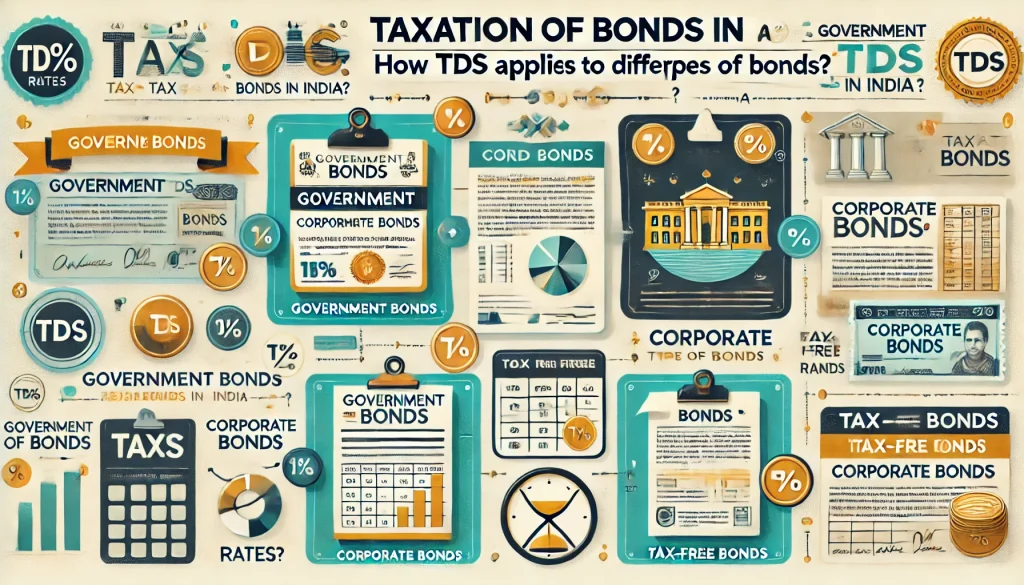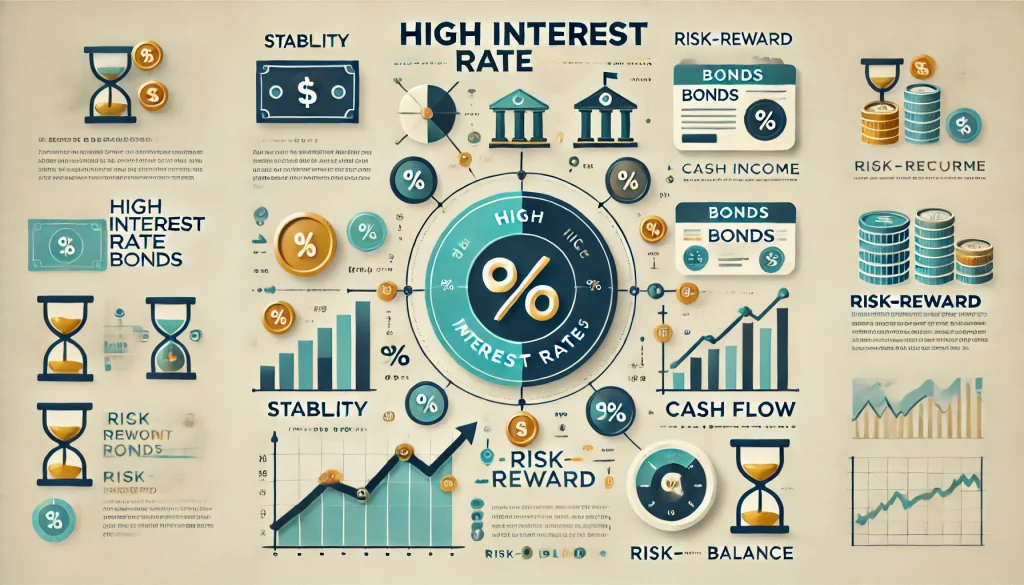
A lot of people mix up the terms ‘tax-free bonds’ and ‘tax-savings bonds’. However, in reality, both are different instruments. The main difference forms on how the tax treatment is implemented on each one of them.
Generally, the government allows tax incentives to bond investors to foster long-term infrastructural developments. Thus, you can witness complete tax exemptions on projects led by IRFC, PFC, REC and so on. With the additional tax breaks, more investors are drawn towards financing the infrastructural developments of the country. You can learn more about tax-free bonds vs tax-saving bonds by the end of this comprehensive guide.
What Are Tax-Free Bonds?
Tax-free bonds are backed by the Indian government. They assure fixed income to the investors and the earnings are totally tax exempted.
Certain government entities that exhibit a low risk of default like large-scale infrastructure companies, public sector undertakings and municipal corporations offer tax-free bonds. In India, you can get these bonds issued by REC, IRFC, NHAI, IREDA, HUDCO, PFC, and NABARD.
What Are Tax-Saving Bonds?
In tax-saving bonds, you can benefit from tax exemptions on the principal invested (up to a certain limit) for a particular financial year. It helps to reduce your overall taxable income. However, you cannot enjoy tax benefits on the interest earned which was the case for tax-free bonds.
As per the Income Tax Act, 1961, tax-saving bonds can be categorised into:
- Tax-saving Bonds Under Section 80CCF
These instruments enable an investor to reduce their taxable income by up to ₹20,000 for a particular assessment year through investments in the nation’s infrastructure development. However, one must be a permanent resident of India to claim tax benefits under this section.
Let us understand how the Section 80CCF works:
Suppose, Mr. Kumar’s annual taxable income comes out as ₹10 lakh. Now he has decided to invest ₹20,000 in 80CCF bonds. This will directly reduce his overall tax liability and it will come down to ₹(10,00,000 – 20,000) = ₹9,80,000.
- Capital Gains Exemption Bonds Under Section 54EC
Whenever you sell properties or capital assets, you incur tax liabilities on such profits or capital gains. To reduce this tax burden, you can leverage Section 54EC of the IT Act and invest in bonds launched by multiple infrastructure companies. This will enable you to reap long-term capital gains.
Some popular entities that issue 54EC bonds include the Rural Electrification Corporation (REC), Indian Railway Finance Corporation (IRFC) Limited and Power Finance Corporation Limited (PFC).
However, to be eligible for tax reduction under Section 54EC, you must fulfil the following criteria:
- You should invest the principal within six months of receiving capital gains.
- The underlying assets have to be held for a long term (at least 24 months before selling them off).
- You can invest a maximum of ₹50 lakh in 54EC bonds in a single assessment year.
- You should agree to a lock-in period of 5 years.
Difference Between Tax-free and Tax-saving Bonds
As discussed so far, both tax-free and tax-savings bonds offer tax relaxations to their investors. Still, there are some major distinctions that have been mentioned below:
| Parameters | Tax-Free Bonds | Tax-Saving Bonds |
|---|---|---|
| Feature | Investors do not have to pay tax on the interest earned. | These bonds only provide tax benefits on the principal invested. |
| Applicable Rate of Interest | Typically the interest yield is more when compared to other tax-saving bonds and on top of that you do not need to pay tax on the accrued interest. | Tax-saving bonds offer comparatively lower interest returns and the earnings incur tax as per the normal tax slab rates. |
| Tenure | Tax-free bonds are long-term investments with maturity periods ranging between 10 and 20 years. | You can consider these as medium-term investments as they mature between 5-10 years. |
| Section of Income Tax | You can avail tax benefits as per Section 10(15) of the Income Tax Act, 1961. | Tax breaks are offered under Section 80CCF of the IT Act. |
| Particulars of Tax Benefits | The net income in the form of interest is totally tax-exempt. No TDS applies to your returns. | You can get tax breaks on your investments under Section 80C, but the max you can claim is ₹20,000. However, interest income is normally taxed. |
| Lock-in Period | Investors do not have to worry about any lock-in period as they can eventually sell their holdings via an exchange. But, if you sell the bond before it matures, capital gains tax is levied. | Tax-savings bonds feature a 5-year strict lock-in period. This simply means you do not have any option to sell your holdings before maturity. |
Tax-free or Tax-saving Bonds: Which Is Better?
Financial advisors as well as a large pool of investors consider tax-free bonds ideal for high-income individuals in the highest tax brackets. The 100% tax exemption on interest income can significantly boost overall long-term returns.
On the other hand, tax-saving bonds mainly suit those individuals in decreasing tax brackets or those looking to reduce their taxable income to a lower tax slab. Here, the tax deduction on the principal amount can provide immediate tax benefits.
Ultimately, the best choice depends on your individual tax situation, risk tolerance and investment horizon. Consulting with an expert can help you determine the most suitable option for your specific needs.
Final Word
To conclude the debate of tax-free bonds vs tax-saving bonds, both of these provide significant tax advantages. While tax-free bonds offer completely tax-exempt interest income from government-backed entities, tax-saving bonds, despite their lower interest rates and 5-year lock-in, allow investors to claim tax deductions under Section 80C. This makes the latter choice popular among people with lower incomes who want to invest for a medium tenure.


